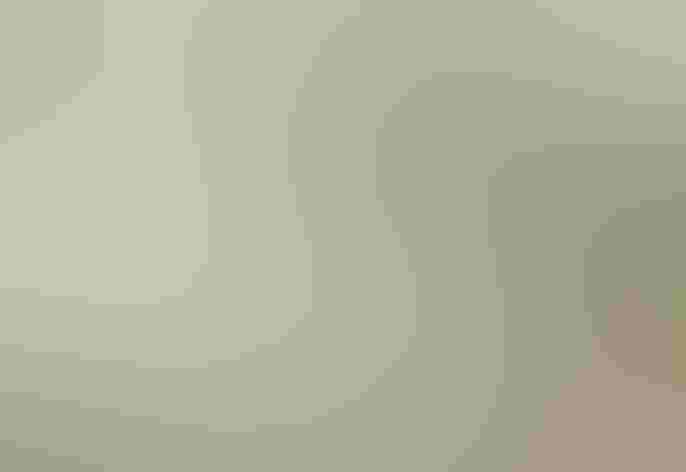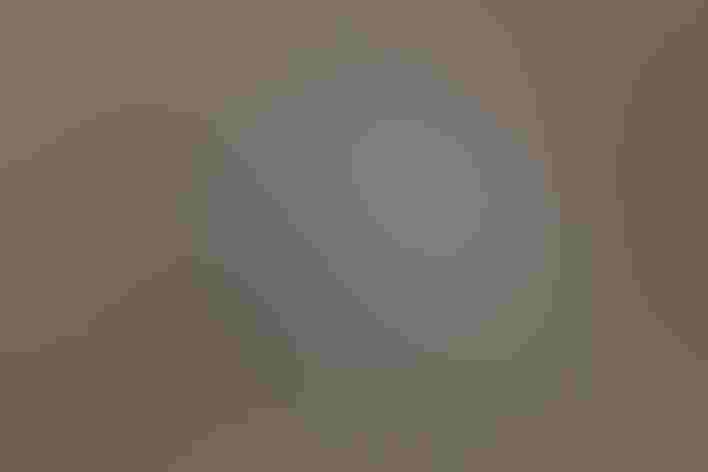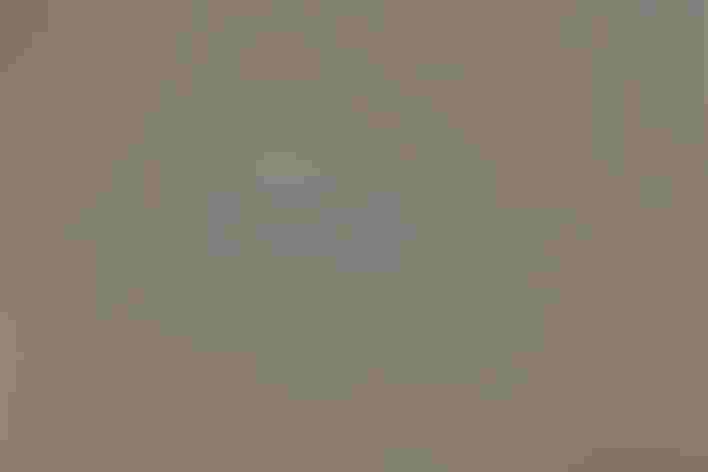Snowy Plover
At a Glance
An inconspicuous, pale little bird, easily overlooked as it runs around on white sand beaches, or on the salt flats around lakes in the arid west. Where it lives on beaches, its nesting attempts are often disrupted by human visitors who fail to notice that they are keeping the bird away from its nest; as a result, the Snowy Plover populations have declined in many coastal regions. Formerly considered to belong to the same species as the Kentish Plover of the Old World.
All bird guide text and rangemaps adapted from Lives of North American Birds by Kenn Kaufman© 1996, used by permission of Houghton Mifflin Harcourt Publishing Company. All rights reserved.
Category
Plovers, Sandpiper-like Birds
IUCN Status
Near Threatened
Habitat
Coasts and Shorelines, Freshwater Wetlands, Lakes, Ponds, and Rivers, Saltwater Wetlands
Region
California, Florida, Northwest, Plains, Rocky Mountains, Southeast, Southwest, Texas
Behavior
Direct Flight, Rapid Wingbeats, Running
Population
31.000
Range & Identification
Migration & Range Maps
Most birds nesting inland migrate to coast for winter; many on coast are permanent residents. Generally only a short-distance migrant.
Description
5-7" (13-18 cm). Suggests Piping Plover but has thinner, longer bill; dull gray or black legs. Western Snowies not quite as pale above. Black chest band always incomplete.
Size
About the size of a Robin, About the size of a Sparrow
Color
Black, Brown, Tan, White
Wing Shape
Pointed, Short, Tapered
Tail Shape
Rounded, Short, Square-tipped, Wedge-shaped
Songs and Calls
A plaintive chu-we or o-wee-ah.
Call Pattern
Flat, Rising
Call Type
Trill, Whistle
Habitat
Beaches, sandy flats. At all seasons, tends to be found in places where habitat matches pale color of back -- dry sand beaches along coast; salt pans or alkaline flats in interior. Usually in places with very little vegetation, not around marshes. Also sometimes forages on open mudflats.
Sign up for Audubon's newsletter to learn more about birds like the Snowy Plover
Behavior
Eggs
3, sometimes 2, rarely 4. Pale buff, dotted with black. Incubation is by both parents, 26-32 days. Male usually incubates at night, female most of day.
Young
Downy young leave nest a few hours after hatching, feed themselves, can fly at age of 28-32 days. In some areas, both parents tend young. In other areas, female may depart in less than 6 days, leaving male to raise young; female may then find another mate, and raise another set of young. In these cases, male from first nest may also find a new mate and renest after first young have fledged.
Feeding Behavior
Typically they run a few steps and then pause, then run again, pecking at the ground whenever they spot something edible. Will sometimes hold one foot forward and shuffle it rapidly over the surface of sand or mud, as if to startle small creatures into moving.
Diet
Includes crustaceans, insects, marine worms. Along coast, may feed mostly on tiny crustaceans, mollusks, and marine worms, also some insects. At inland sites, diet may be mostly insects, including various flies and beetles.
Nesting
May nest in loose colonies or as isolated pairs; sometimes nests close to tern colonies. Unlike many shorebirds, male seems to have no aerial display over territory. Nest site is on open bare ground, sometimes close to a grass clump or piece of driftwood. Nest is shallow scrape in ground, lined with bits of shell, grass, pebbles, other debris, sometimes surrounded with similar items.
Conservation
Conservation Status
Declining in some areas, especially along Gulf Coast and parts of Pacific Coast; considered threatened in parts of range. Human disturbance on beaches often causes failure of nesting attempts.
Climate Threats Facing the Snowy Plover
Choose a temperature scenario below to see which threats will affect this species as warming increases. The same climate change-driven threats that put birds at risk will affect other wildlife and people, too.










